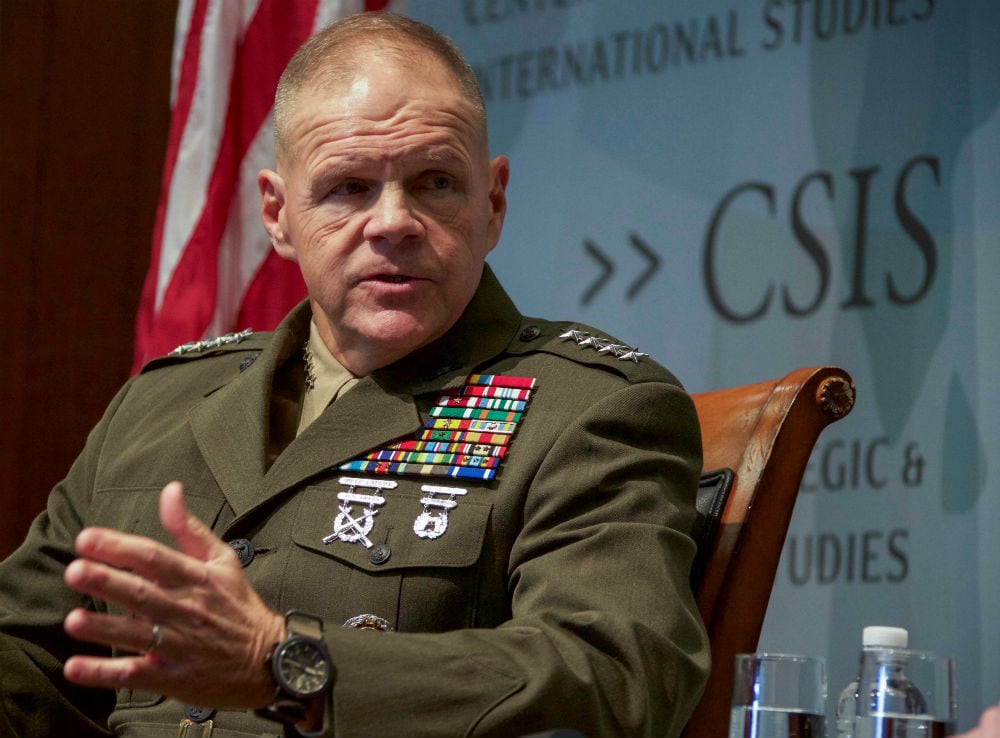During the Feb. 8 closing panel at the AFCEA West 2018 conference in San Diego, California, leaders from the Navy, Marine Corps and Coast Guard discussed a road map for their services and how to best prepare for future conflicts. But they also discussed technical problems that could lead to long-term difficulties.
Here are three areas they highlighted:
Self-driving vehicles
“We’re just around the corner from a world with no drivers,” said Adm. John Richardson, the chief of naval operations. “Machines are going to be driving us. What are we going to do with the sailors who were trained to drive? We have to be out in front of that problem and get them new skills and the technology to teach them new skills.”
Of course, the Navy is no stranger to autonomous vehicles. The Office of Naval Research has experimented with autonomous boats, DARPA has experimented with submarine hunters, and there has been plenty of discussion about underwater drones. In addition, when asked during the panel about major acquisition programs the chiefs had deemed most important, Richardson mentioned the MQ-25 drone, its integration into the air wing and unmanned, undersea vehicles as top priorities.
Retaining cyber warriors
The size and scope of the cyber workforce with the Department of Defense has been an issue for years. But Gen. Robert Neller, commandant of the Marine Corps, said retaining those workers is paramount if the Defense Department wants to stay on the leading edge of the cyber front.
“We’re at the point now, if you make it through all the wickets, and you become a cyber Marine, if you will, and you’re qualified to do mission protection or attack or cyber mission force stuff, you’re not leaving,” he said.
“You’re going to be like [special operations command]. You’re in, you’re doing special missions, you’re done. Because it just doesn’t sense from a business case to invest two years to do something else … We can’t afford to keep these people. The only thing we can do is ‘I’m going to leave them alone and let them do their job.’”
Reliable networks
“The No. 1 priority is resilient, survivable, reliable command and control,” Neller told the audience. “We’ve got to be able to protect our networks and deny our adversary theirs. If we can’t do that, we’re in another space and I think that’s going to be a challenge because of the capability sets our peer adversaries are developing.”
Neller said he was particularly worried the Marine Corps would not be able to best take advantage of the F-35 and its multitude of sensors because of command-and-control systems.
Mike Gruss served as the editor-in-chief of Sightline Media Group's stable of news outlets, which includes Army Times, Air Force Times, C4ISRNET, Defense News, Federal Times, Marine Corps, Military Times and Navy Times.








